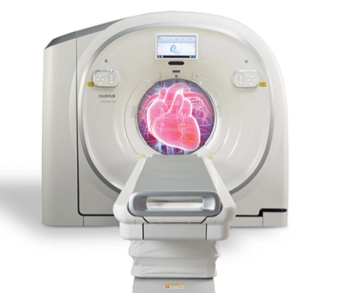
The recently launched Scenaria View Focus Edition computed tomography (CT) system features an advanced cardiac motion correction tool that reportedly provides significantly higher temporal resolution than conventional image reconstruction.

The recently launched Scenaria View Focus Edition computed tomography (CT) system features an advanced cardiac motion correction tool that reportedly provides significantly higher temporal resolution than conventional image reconstruction.
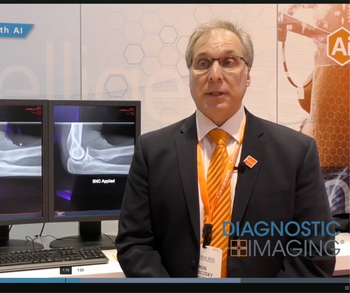
Innovations with artificial technology (AI) are fueling product advances that offer enhanced image quality, patient positioning and workflow efficiencies.

The portability and durability of the device may make it an emerging option for bedside imaging.
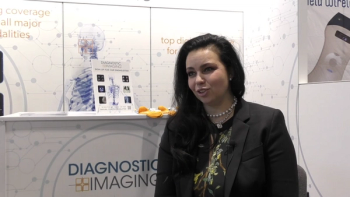
During the pandemic and beyond, working from home as a radiologist can present clear work-life advantages.

Pertinent perspectives on emerging trends in radiology.

GE Healthcare unveils on-site detection upgrades and other advances with CT system as well as a new MRI device.

Technologies must be integrated with existing platforms and workflows, as well as demonstrate value.
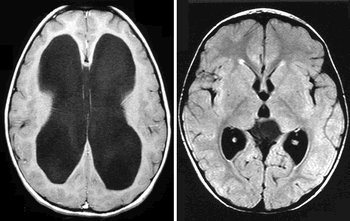
Early study results suggest that low-field MRI may offer a cost-effective, radiation-free alternative to monitor ventricular volume changes in patients with hydrocephalus.

Cost, lower literacy levels and fear of lung cancer diagnosis were highlighted as concerns with lung cancer screening.

Diffusion-weighted imaging may be useful as a safe and effective screening tool to supplement mammography in women with dense breast tissues.

This study discloses the characteristics of patients using self-scheduled online patient portal screening mammography.
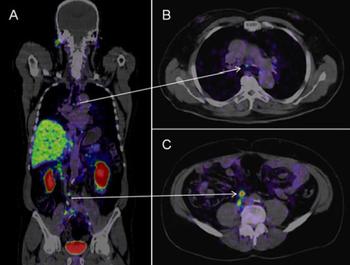
PSMA PET is highly robust in identifying prostate cancer lesions which are otherwise deemed unremarkable.
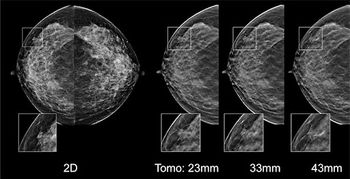
An artificial intelligence for digital breast tomosynthesis enhances radiologists’ performance and efficiency.
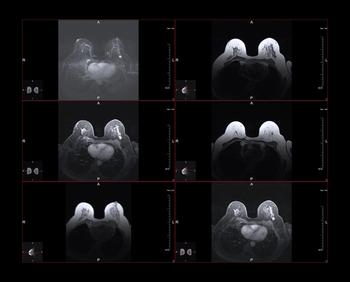
Following breast cancer treatment, women who have access to breast MRI may safely forgo additional mammographic or digital breast tomosynthesis follow-up.
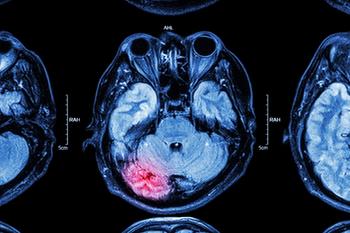
A deep learning model was developed to detect intracranial hemorrhage in computed tomography scans without medical annotation.

Multiparametric MRI can detect pathologic complete response after neoadjuvant therapy in patients with esophageal squamous cell carcinoma.

Sonographic quantitative assessment of the deltoid muscle could translate into a dedicated, simple and noninvasive screening method to detect type 2 diabetes.
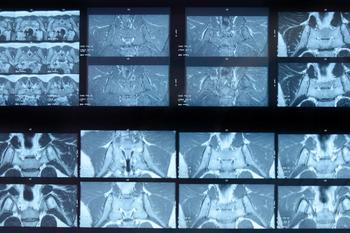
Findings suggest that patients with suspected axial spondyloarthropathy not taking NSAIDs were more likely to have MRI proven inflammation compared with patients taking NSAIDs.

Breast ultrasound/MRI fusion significantly improves localization of incidentally detected MRI lesions which are occult on an initial ultrasound survey alone.

COVID-19 can result in cardiac complications including myocarditis, arterial and venous thromboembolism, and cardiomyopathy.

Learn more about what Canon Medical will be showcasing virtually at RSNA 2021.

Artificial intelligence topped the list of five major themes at RSNA 2020, highlighting all the developments from vendors this year.

They might not be used for diagnosis, but pay attention to -- and sharpen -- your non-interpretive skills. They can create a much better work environment.

A desire to shape and help healthcare organizations direct their imaging informatics strategy is what drives award-winner Cheryl Petersilge, M.D., founder and chief executive officer of consulting firm Vidagos.

What other ethical questions exist, and what the future holds.
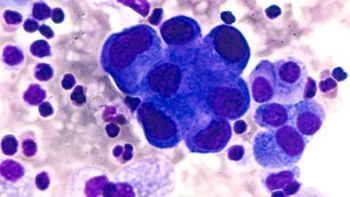
DECT and electron density offers more accurate differentiation between metastatic and non-metastatic lymph nodes when compared to FDG PET/CT.

Are radiologists approaching AI ethically, and what challenges exist.

Nina Kottler, M.D., chief medical officer of AI at Radiology Partners, discusses, during RSNA 2020, what new developments the annual meeting provided about these technologies, sessions to access, and what to expect in the coming year.

Differences in cortical thickness development correlates to cognitive differences and could be involved in increased risk for mental illness.

Jorge Soto, M.D., and Maureen Kohi, M.D., discuss how unconscious bias presents in radiology and the tools that providers can use to recognize and minimize the biases when they appear.